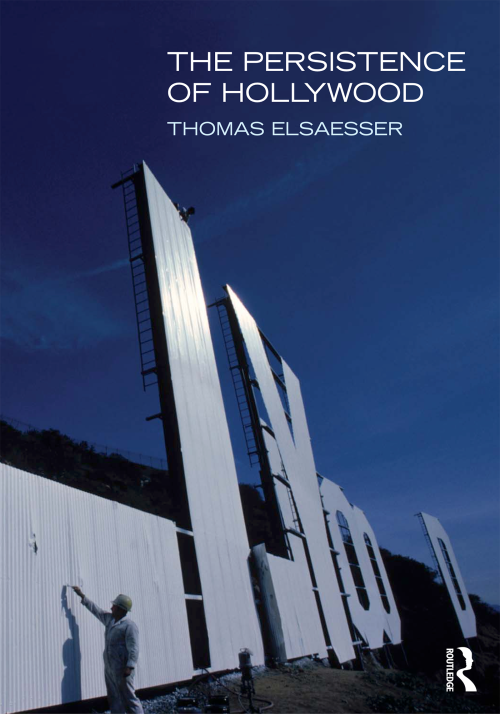While Hollywood’s success – its persistence – has remained constant for almost one hundred years, the study of its success has undergone significant expansion and transformation. Since the 1960s, Thomas Elsaesser’s research has spearheaded the study of Hollywood, beginning with his classic essays on auteurism and cinephilia, focused around a director’s themes and style, up to his analysis of the "corporate authorship" of contemporary director James Cameron. In between, he has helped to transform film studies by incorporating questions of narrative, genre, desire, ideology and, more recently, Hollywood’s economic-technological infrastructure and its place within global capitalism.
The Persistence of Hollywood brings together Elsaesser’s key writings about Hollywood filmmaking. It includes his detailed studies of individual directors (including Minnelli, Fuller, Ray, Hitchcock, Lang, Altman, Kubrick, Coppola, and Cameron), as well as essays charting the shifts from classic to corporate Hollywood by way of the New Hollywood and the resurgence of the blockbuster. The book also presents a history of the different critical-theoretical paradigms central to film studies in its analysis of Hollywood, from auteurism and cinephilia to textual analysis, Marxism, psychoanalysis, and post-industrial analysis.
Contents
Acknowledgments and Places of Previous Publication
Thomas Elsaesser
Part I – Flashback: Of Objects of Love and Objects of Study
1. Film Studies in Britain: Cinephilia, Screen Theory and Cultural Studies
2. The Name for a Pleasure that has No Substitute: Vincente Minnelli
3. All the Lonely Places: The Heroes of Nicholas Ray
4. Sam Fuller’s Productive Pathologies: The Hero as (His Own Best) Enemy
5. Cinephilia: Or the Uses of Disenchantment
Part II – Genius of the System
6. The Persistence of Hollywood, Part I: The Continuity Principle
7. Why Hollywood?
8. Narrative Cinema and Audience Aesthetics: The Mise-en-Scène of the Spectator
9. Film as System: Or How to Step Through an Open Door
10. Gangsters and Grapefruits: Masculinity and Marginality in The Public Enemy
Part III – Studio and Genre: Auteurs Maudits, Mavericks and Eminent Europeans
11. Transatlantic Triangulations: William Dieterle and the Warner Bros. Biopics
12. Welles and Virtuosity: Citizen Kane as Character-Mask
13. The Dandy in Hitchcock
14. Too Big and Too Close: Alfred Hitchcock and Fritz Lang
15. Robert Altman’s Nashville: Putting on the Show
16. Stanley Kubrick’s Prototypes: The Author as World-Maker
Part IV – Genie out of the Bottle: The Return of the System as Auteur?
